Each May since 1911, thousands of auto racing fans have gathered to watch the most famous and talented drivers compete in the Indianapolis 500-mile race – better known as just the Indy 500. Winning the Indy 500 has been the goal of racing professionals for more than 100 years.
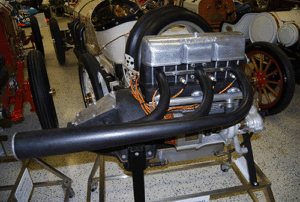
Taking the checkered flag at the Brickyard is one of the most highly sought after achievements in motorsports. It is considered an endurance test to just finish the race, much less win it. Those who love fast cars and high-revving engines love the Indy 500.
Now, an exciting new exhibit called “Incredible Engines of the Indy 500” has kicked off at the Indianapolis Motor Speedway Hall of Fame museum. This presentation opened on Nov. 27, 2017 and will be kept up through April 1, 2018.
Incredible Engines of the Indy 500 is a tribute to the power plants seen throughout the more than 100 years of the Indy 500. Some of the engines that will be showcased in the exhibit include Miller, Offenhauser and Chevrolet models. “Their names are as legendary as the drivers – the heroes of horsepower – that they powered onto
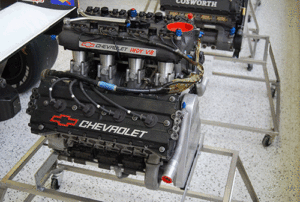
the Borg-Warmer Trophy,” says a brochure heralding the exhibit.
The exhibit provides a ver
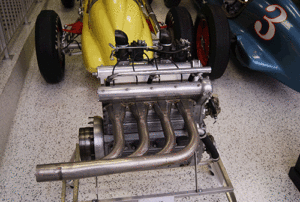
y close-up look at some really famous racing engines. Visitors will also be able to learn about the engine building genius’ that designed the motors. Thanks to interactive displays, museum goers will be able to hear the roar of the powerful Novi and experience the “whoosh” of Andy Granatelli’s famous turbine engine.
Incredible Engines of the Indy 500 will also be an educational experience for anyone interested in automotive technology and/or racing cars.
“We are pleased to give our guests the opportunity to learn about the great engines of the Indianapolis 500 and the Hall of Fame designers who enhanced performance in the machines that finished first at the Brickyard,” said Betsy Smith, executive director of the nonprofit Indianapolis Motor Speedway Foundation, which operates the museum.
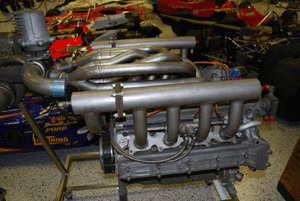
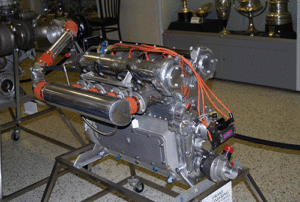
•














